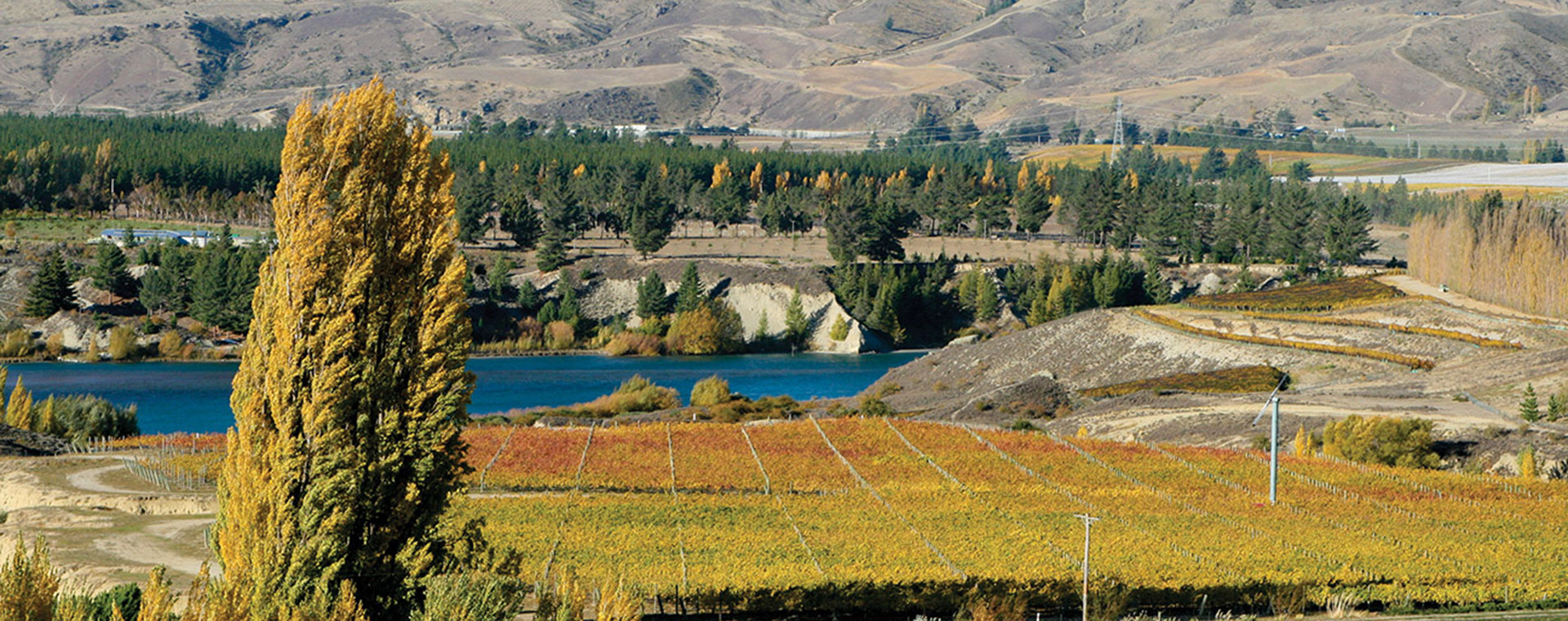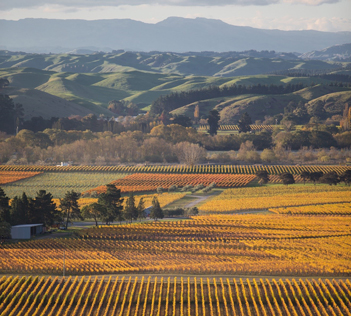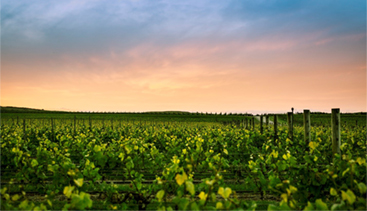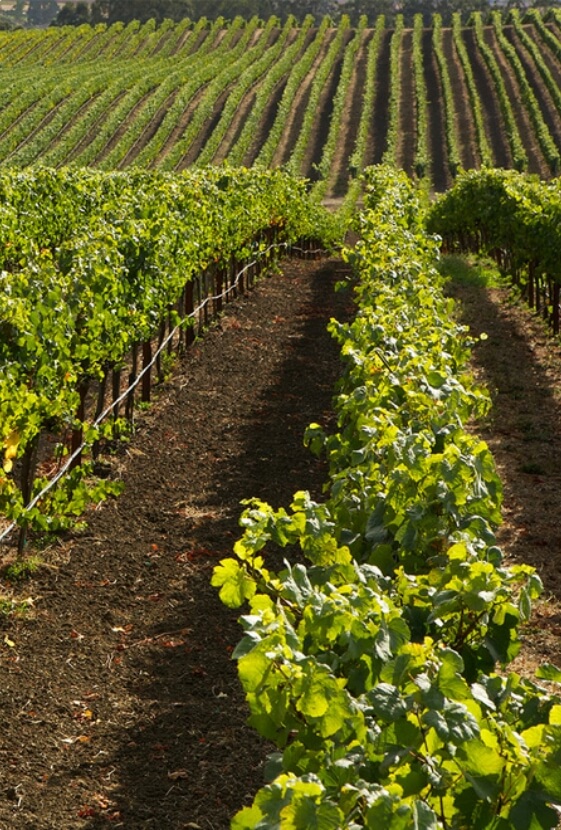
Terroir & Vineyards

Craggy Range vineyards are managed sustainably, with maximum natural input and minimal synthetic input.
Hawke’s Bay and Martinborough
Craggy Range’s two principal estates are located in Hawke’s Bay, in the northeast of the North Island, and in Martinborough, at the southeastern tip of the North Island. The two are climatically and geologically distinct. Hawke’s Bay is a warm, dry area that has a climatic profile similar to southern Napa and Bordeaux. A vine variety planted in Hawke’s Bay ripens three to five weeks earlier than if it were planted in Martinborough.


Martinborough, at the south end of the North Island, and Marlborough, at the north end of the South Island, are very similar to each other in soil profile and climate, and both are known for Sauvignon Blanc and Pinot Noir. The small differences, however, are critical. Martinborough’s spring is cooler and its autumn warmer, resulting in a harvest roughly 10 days later than in Marlborough. Rainfall is also nearly identical, but its distribution is different: Martinborough is wetter in the spring and drier in the fall than Marlborough, removing the risk of rain with a late harvest. As a result, the wines are more complex and structured, with more subtle aromatics and greater elegance. This is why Craggy Range’s second estate vineyard, Te Muna Road Vineyard, is located in Martinborough.
Gimblett Gravels Vineyard
In the Gimblett Gravels region, Craggy Range has carved out the 250 acre Gimblett Gravels Vineyard for red and white Bordeaux varieties, Syrah, Merlot, Cabernet Sauvignon and Chardonnay. The narrow-row vine architecture is planted to a very intensive density, between 1,400 and 2,100 vines per acre. Several plots are trained low to the ground to benefit from the thermal conductivity and reflectiveness of the soils. Extensive deep soil preparations encourage deeply rooted vines to reach veins of sand, silt and clay immersed far into the gravel, and drip irrigation is applied only when required. Thirty-six varietal plots have been matched to the variations in depth and texture of the gravelly soils of the ancient river beds of the Ngaruroro River. The stylistic characters of red wines from this vineyard are richness, ripeness and elegance with a distinctive fine, dusty tannic finish. Chardonnay is also grown on the vineyard with distinctive floral notes and pronounced minerality on the palate.
Te Muna Road Vineyard
The Te Muna Road Vineyard is located roughly five miles from the center of the town of Martinborough and is divided into two terraces. The upper terrace lies entirely on the old, stony, decomposing Martinborough terrace soils that have become famous for Pinot Noir. As might be expected, this terrace is planted primarily to Pinot Noir and Chardonnay on proven rootstocks and, where possible, in new clones from Burgundy. The lower terrace is geologically distinct, dominated by greywacke stones interspersed with a little limestone, and is planted almost entirely in Sauvignon Blanc. The vineyard architecture is a very intensive, narrow-row structure with between 1,400 and 2,100 vines per acre.The cooler climate of Martinborough ensures the wine is aromatic with steely minerality, while the rocky soils gives intensity of the fruit. The region’s warm, dry summers and mild winters have led to complex and structured wines with subtle aromatics and an elegant finish.
Kidnappers Vineyard
Kidnappers Vineyard is located at Cape Kidnappers on the Hawke’s Bay coastline at Te Awanga. The spring and autumn are warm and sunny and the summer is tempered by the cooling sea breeze. Shallow, warm clay loam soils and careful selection of clones in this environment allow the development of very pure, cool flavors in the Chardonnay grown there.





